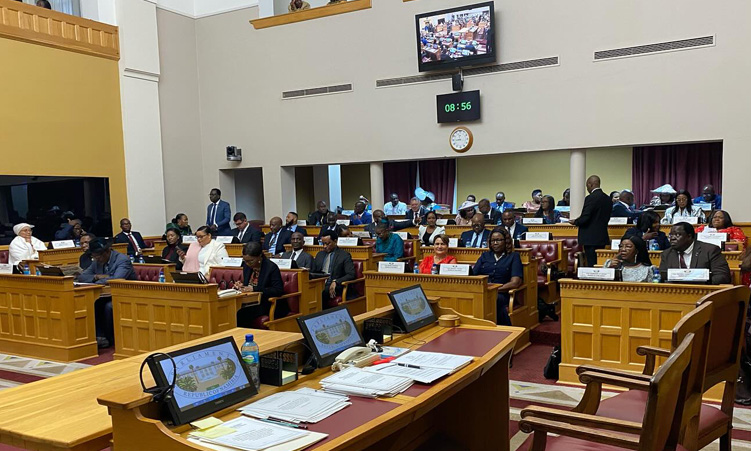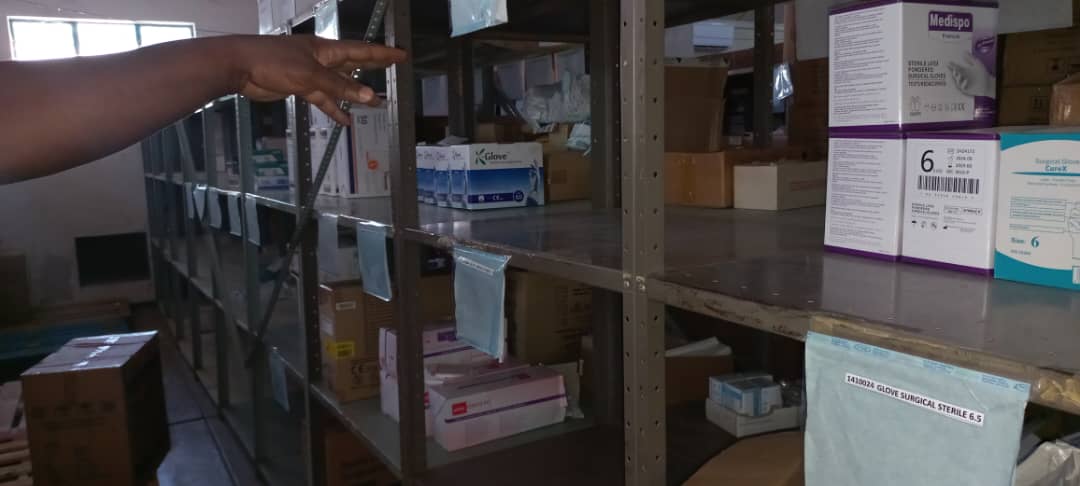THE top structure of the Ministry of Works, Transport and Communication yesterday met with its road-safety partners to discuss how to reduce the high death toll on Namibian roads.
A brief statistical overview provided by Transport Minister Joel Kaapanda revealed that in 2004, the country had a road death toll 10 times higher than developed countries like the UK and Sweden, despite these countries’ much larger populations. Official statistics show that 10 915 collisions occurred throughout the country in 2002, killing 308 people.In 2003, 10 957 accidents occurred and 278 people died.In 2004, 10 141 collisions were recorded, which resulted in 275 deaths.”At a population of about 2 million we cannot afford to lose people at such a rate,” the Minister said yesterday.Addressing a room full of representatives of the Namibian and Windhoek City Police, the Motor Vehicle Accident (MVA) Fund, Nabta and other relevant agencies, Kaapanda suggested various ways of tackling the problem.”In my view, the current situation must be dealt with through strong measures to deter the continual road traffic violations by individual motorists, taxi drivers and long-distance bus drivers.”Such strong measures will act as a deterrent to all drivers.However for this to work we need a watertight detection system, for it will be self-defeating to have stiffer fines while culprits are not apprehended.The rate of detection should be increased,” the Minister said.He added that although his Ministry was in the process of developing a long-term strategy, practical proposals needed to be explored.These proposals, he said, should be able to be implemented quickly and easily.Other issues that will be discussed at the conference include a proposal to have a uniform colour scheme for taxis, getting unroadworthy cars off public roads, and ways of dealing with illegal taxis.”Just as with illegal shebeens, as soon as you try to do something about the illegal taxis on the road people start crying that this is their only source of income.But these are death traps,” he said.He said he had already received several suggested colour schemes for taxis from the Namibia Bus and Taxi Association (Nabta).After being opened in the presence of the media, the actual meeting was held behind closed doors.Official statistics show that 10 915 collisions occurred throughout the country in 2002, killing 308 people.In 2003, 10 957 accidents occurred and 278 people died.In 2004, 10 141 collisions were recorded, which resulted in 275 deaths.”At a population of about 2 million we cannot afford to lose people at such a rate,” the Minister said yesterday.Addressing a room full of representatives of the Namibian and Windhoek City Police, the Motor Vehicle Accident (MVA) Fund, Nabta and other relevant agencies, Kaapanda suggested various ways of tackling the problem.”In my view, the current situation must be dealt with through strong measures to deter the continual road traffic violations by individual motorists, taxi drivers and long-distance bus drivers. “Such strong measures will act as a deterrent to all drivers.However for this to work we need a watertight detection system, for it will be self-defeating to have stiffer fines while culprits are not apprehended.The rate of detection should be increased,” the Minister said. He added that although his Ministry was in the process of developing a long-term strategy, practical proposals needed to be explored.These proposals, he said, should be able to be implemented quickly and easily.Other issues that will be discussed at the conference include a proposal to have a uniform colour scheme for taxis, getting unroadworthy cars off public roads, and ways of dealing with illegal taxis.”Just as with illegal shebeens, as soon as you try to do something about the illegal taxis on the road people start crying that this is their only source of income.But these are death traps,” he said.He said he had already received several suggested colour schemes for taxis from the Namibia Bus and Taxi Association (Nabta).After being opened in the presence of the media, the actual meeting was held behind closed doors.
Stay informed with The Namibian – your source for credible journalism. Get in-depth reporting and opinions for
only N$85 a month. Invest in journalism, invest in democracy –
Subscribe Now!










